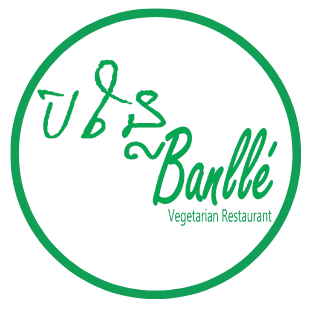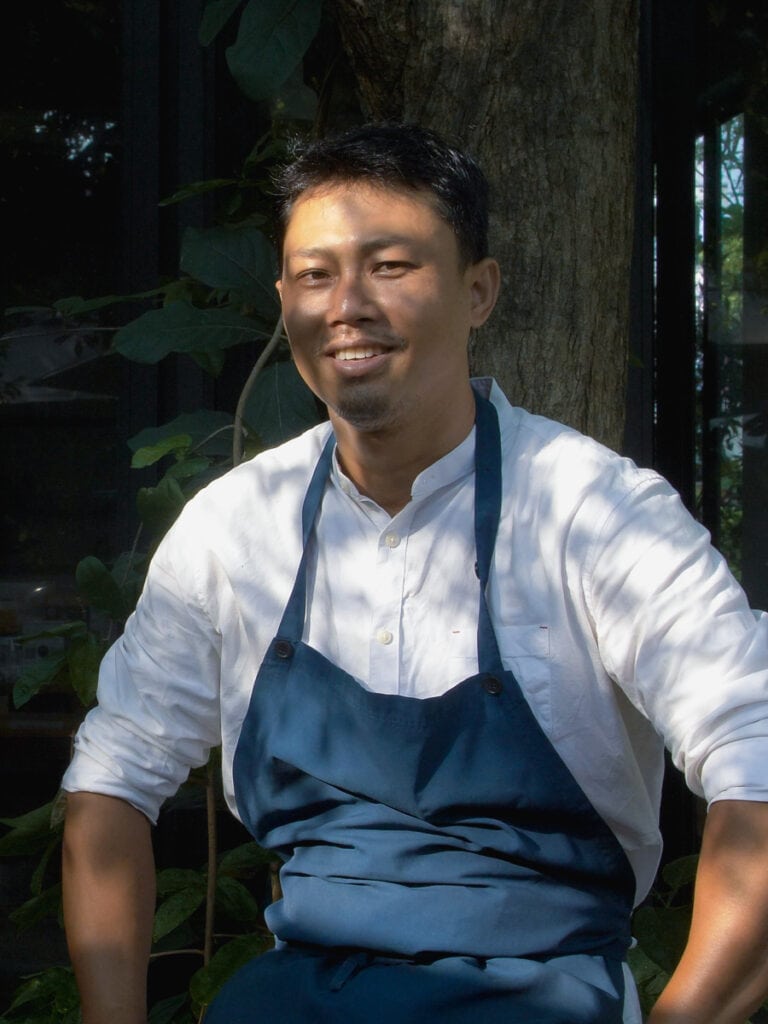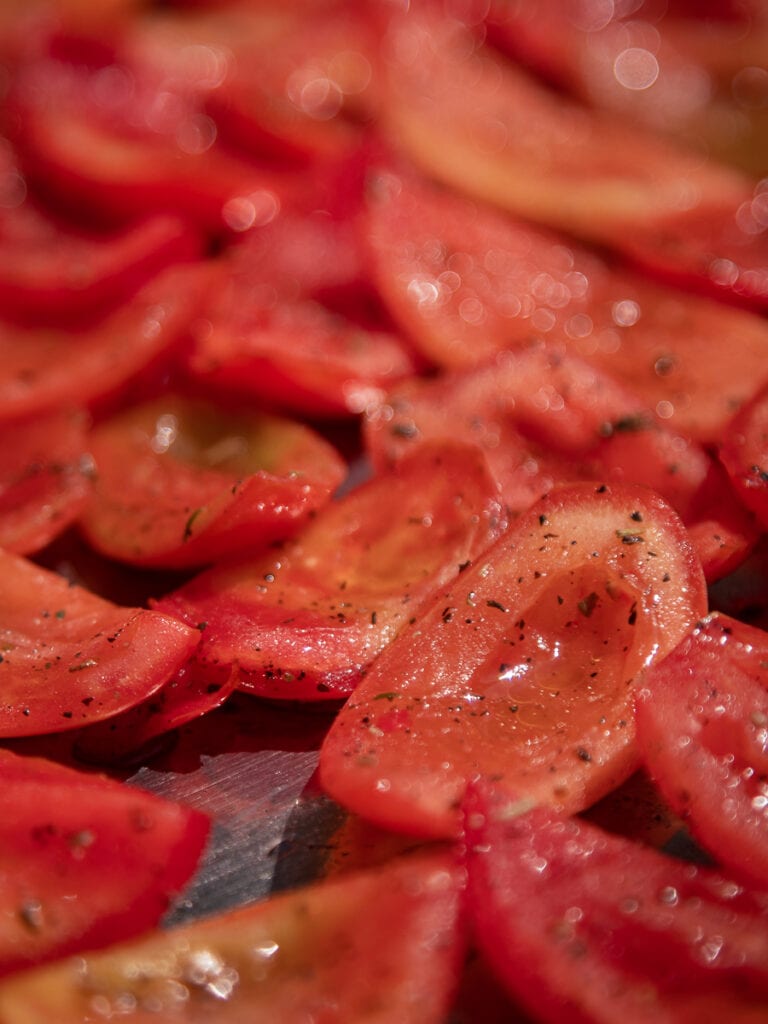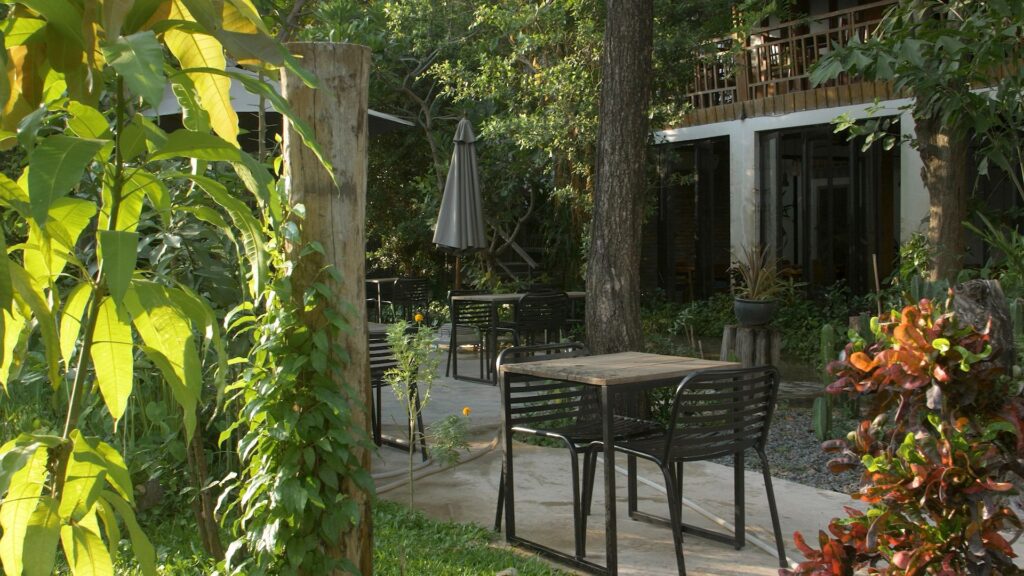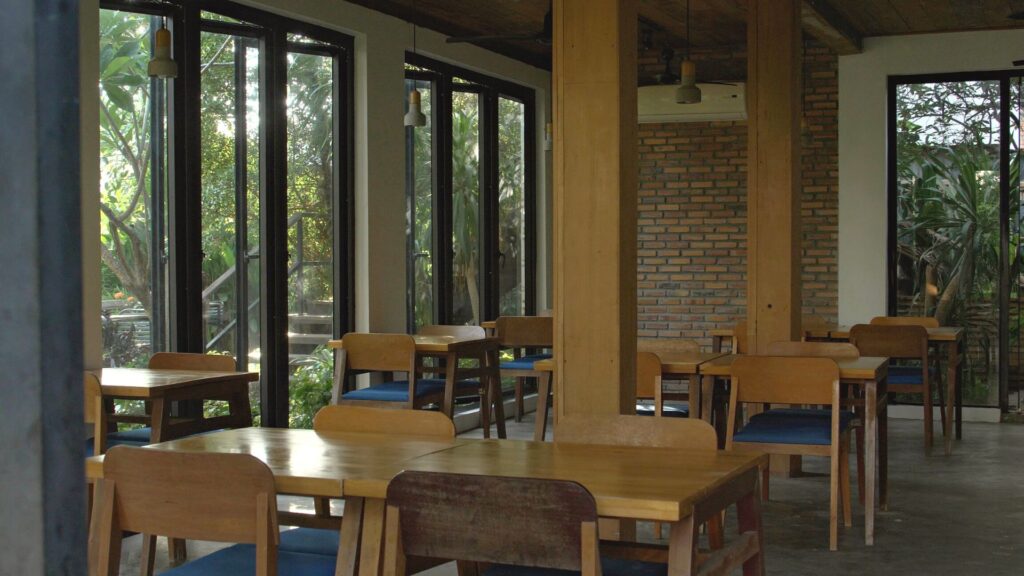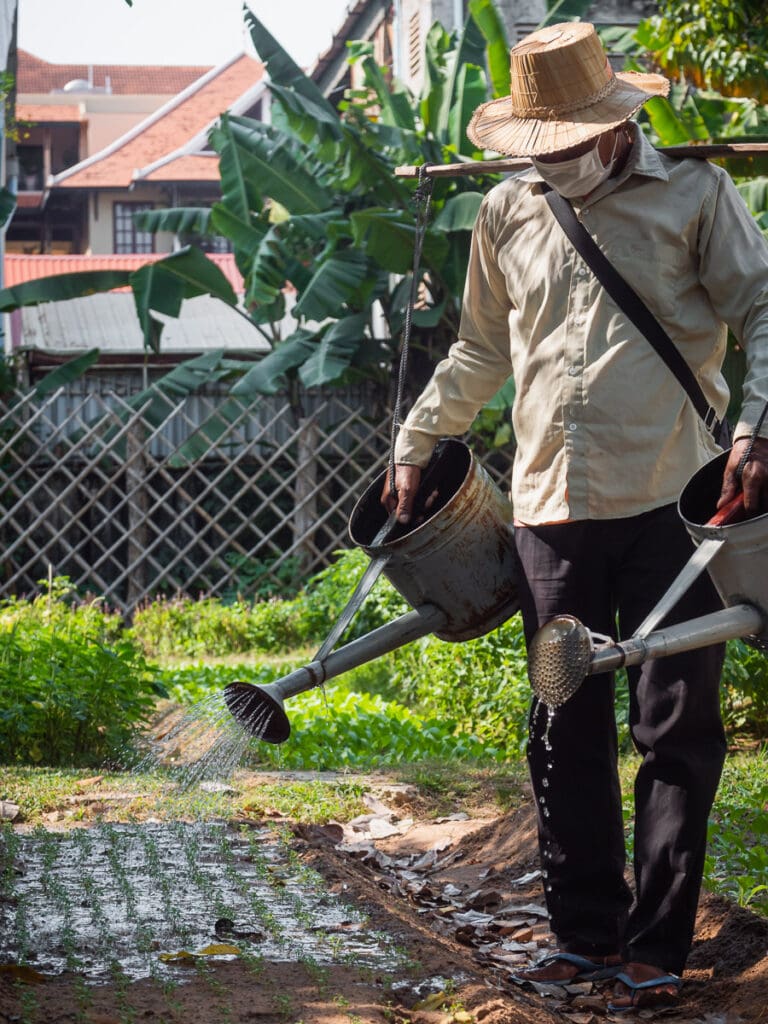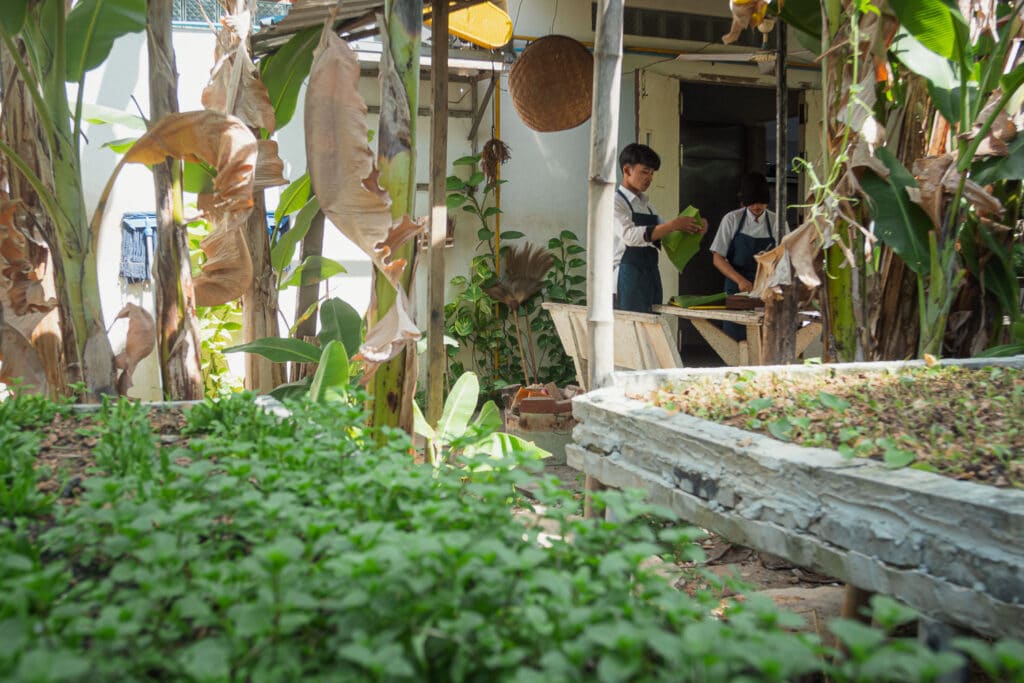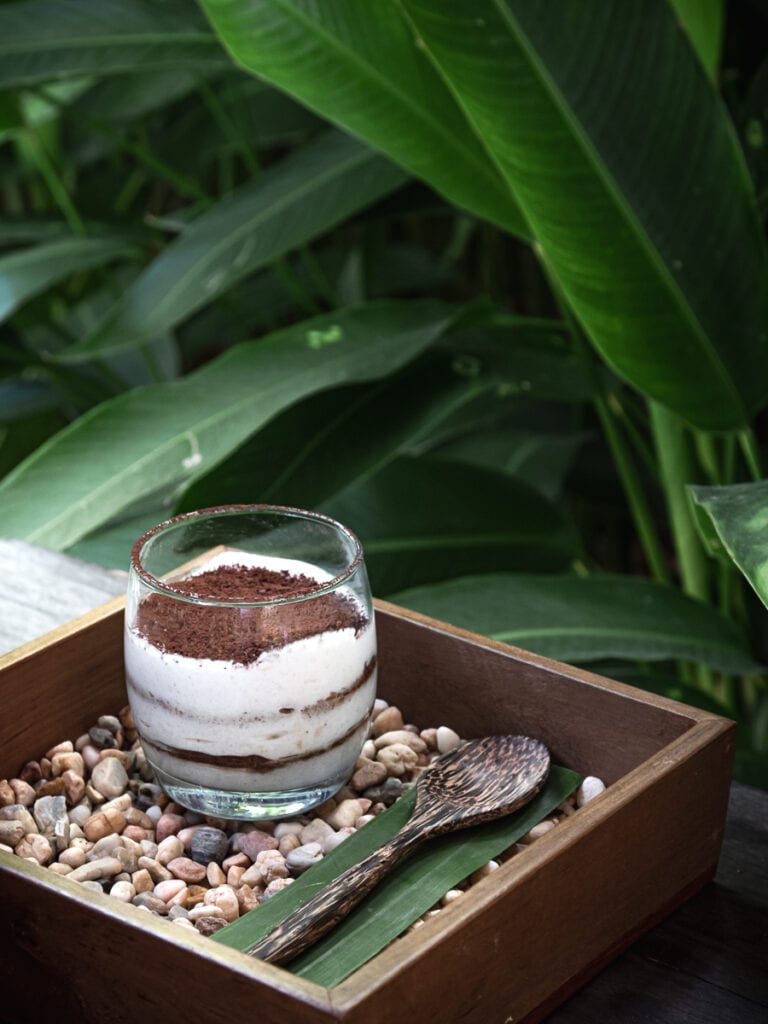Pola’s interest in cooking began when he was very young. He used to live in Prasat Bakong, a small district in Cambodia’s northwestern region. Every day after school, Pola would help his mother by either cooking with her or foraging for ingredients in their yard. At the time, being a chef had never even crossed his mind.
But when Pola was eighteen, he moved to Siem Reap and began working as a dishwasher. He later relocated to Bahrain and the Cayman Islands for work. It was during those years living abroad that he became inspired to one day open his own restaurant. With this newfound ambition, he applied to several cooking schools all over Europe, hoping that one of them would accept him despite his lack of an English certificate, which was required by many schools.
It was very difficult at first, but eventually, he got accepted into a school in Switzerland. He immediately gathered all of his savings, booked a flight, packed his things and moved there. He would spend the next few years in Switzerland, studying and working at Domaine de Châteauvieux, a Michelin-starred restaurant.
After finishing his studies, Pola finally returned to Siem Reap and began working as a chef at a local restaurant called Mie Café. Despite the restaurant’s success, Pola became demoralized and dissatisfied as he discovered how harmful the food industry actually is to animals, people and nature.
With a rising demand for meat, he realized that producers are pushing animal welfare further down the line, which means using chemicals and antibiotics to make the animals plumper, grow faster, and ultimately live shorter lives. In the past, a chicken used to take 6 months to fully mature. Nowadays, chickens can now be grown in just two months and are raised in worse conditions. Furthermore, increasing distances between the source of ingredients and final consumers also intensify the need for chemicals used for transportation and storage. All of these factors have an impact not only on the quality of the ingredients but also on the health of those who consume them.
With all this in mind, Pola decided to open Banllé, a restaurant that would change our relationship with food.
